A history of American Squad Automatic Weapons
- By Travis Pike
Share This Article
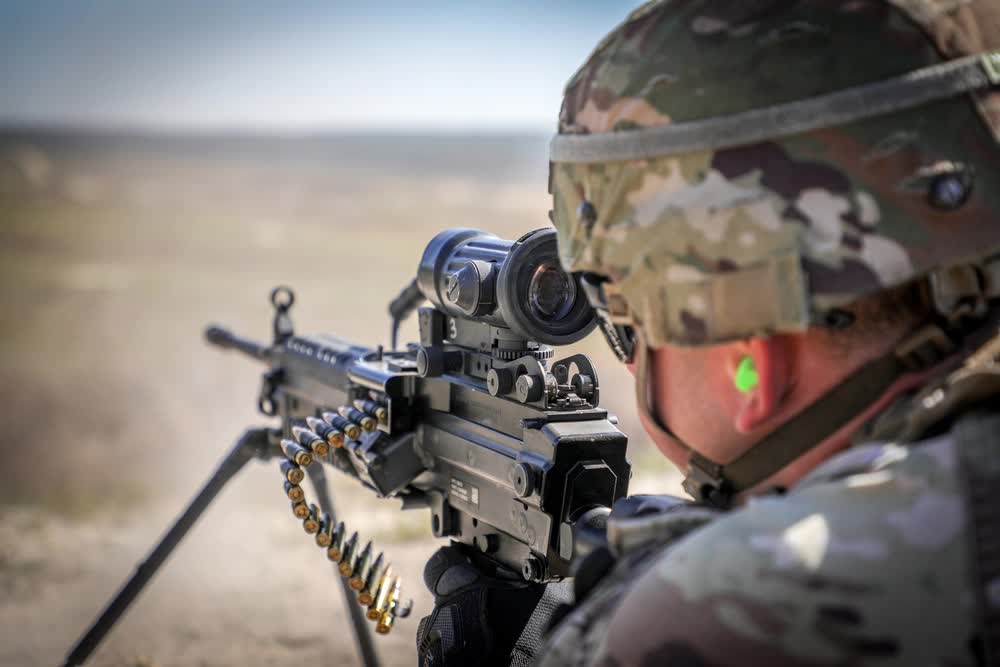
The Global War on Terror firmly established the value of a Squad Automatic Weapon, and the SAW is not going anywhere anytime soon. While the future is uncertain, the SAW remains a crucial weapon for suppressive fire.
A Squad Automatic Weapon is a long gun designed to lay down suppressive fire and be organic to the rifle squad. This means it’s a squad-based weapon at the rifleman level that uses the same ammunition as the rest of the squad’s main firearms. It differs from a machine gun squad attachment and is designed for squad-level firepower.
A SAW does not need to be a machine gun or a belt-fed weapon. Historically, most Squad Automatic Weapons have been magazine-fed. SAWs need to be capable of sustained automatic fire, which is where they differ from selective-fire assault rifles. Belt-fed light machine guns and automatic rifles tend to be the more popular options for combat use.
The United States is somewhat of an exception when it comes to SAWs. Us and the French use a light machine gun, but Russia, the U.K., the Netherlands, Denmark, China, and others are using automatic rifles.
The birth of the modern squad and the original SAW
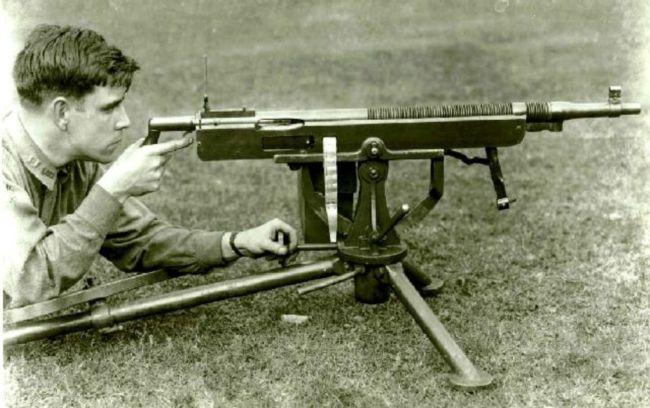
Rifled barrels and repeating actions changed warfare substantially. In 1891, the Army established an eight-man rifle squad and squad-level maneuvering grew in importance from that point.
The first machine gun used to support an infantry-based tactical assault was the Colt Browning M1895 during the Spanish-American War. The M1895 wasn’t a SAW but showcased how automatic fire could support an infantry assault.
In World War I, the capability of automatic fire was evident. Maneuver warfare was growing legs as trench warfare showed little to no progress. The U.S. Army entered WWI with an infantry platoon composed of hand bombers (Grenadiers), rifle grenadiers, riflemen, and automatic riflemen. The automatic rifleman’s role gave birth to the idea of a SAW.
The first SAW was the M1915 Chauchat, a French-designed magazine-fed automatic rifle. The gun was fielded by the American Expeditionary Forces, who called it Sho-Sho, but it was known for being unreliable and having massive issues. While it was a failure, the idea was not, and the American forces moved to develop their own automatic rifle.
Related: And you have my axe: The American lumberjacks of World War I
The BAR and World War II
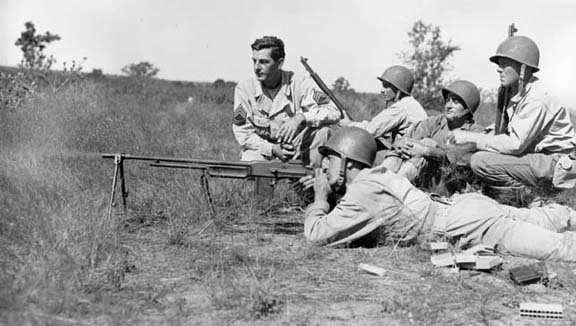
The BAR M1918 was developed too late to make a difference in the WWII effort, but it provided American forces with a squad automatic weapon that was reliable, accurate, powerful, and met the requirements of a SAW. It fired from a 20-round magazine, which was a lot for the time as most infantry rifles held less than 10 rounds.
Army Doctrine in WWII was one BAR per 12-men squad with magazines spread out amongst the squad to keep the weapon fed. Doctrine evolved as the war continued, and more BARs were added to the squad. In the Marine Corps, with three BARs per squad, one per team, we saw the origin of the modern Marine rifle squad used up until the end of the GWOT.
The BAR wasn’t called a SAW, but it served that same role. Throughout the war, several military forces adopted their own versions of the SAW. The British had the Bren gun; the Russians developed the DP-27 and used Bren guns thanks to the Lend-Lease program. The German FG 42 wasn’t intended to be a SAW but could operate in that manner with an open-bolt automatic setting.
The SAW’s role in Vietnam
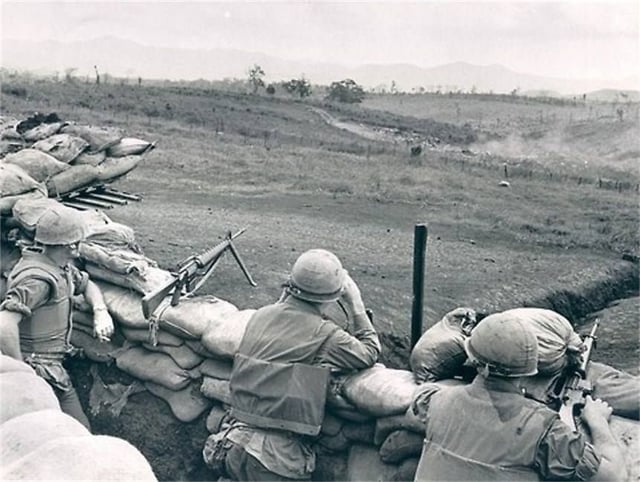
After Korea, the U.S. Army squad consisted of M1 Garands, BARs, M3 Grease guns, and M1/M2 Carbines. The Army wanted to compress that into one platform, which led to the creation of the M14. The M14 offered a magazine-fed rifle with selective fire capability. However, the M14 only served briefly before the M16 was rolled out.
The medium machine gun of the era was the M60, and two M60s were typically attached to a platoon. Yet, the Army and Marine Corps recognized the need for a Squad Automatic Weapon and made due. They attached bipods to M16s, and the Automatic Rifleman was the only one who was supposed to use the M16’s full-auto setting in combat.
During the Vietnam War, the Stoner 63 saw some action. Marines tried its automatic rifle version but weren’t impressed. Navy SEALs fielded the rifle, carbine, and LMG variants. Both the Marines and SEALs liked the belt-fed 5.56 version and the SEALs ended up adopting the Stoner 63 as an LMG and using it well after the war.
After Vietnam, the Automatic Rifleman role remained. In fact, after the M16A2 was adopted, M16A1 rifles with M3 clamp-on bipods remained in service with automatic riflemen for a short period.
Related: More than missing guns: Why America lost dogfights over Vietnam
Enter the modern era of the SAW
The most famous and recognized SAW is the M249, and is the first to have the Squad Automatic Weapon acronym. The M249 is a belt-fed, 5.56mm caliber, light machine gun that fires from the open bolt. It was adopted in 1984 and was the SAW of choice for both Marine and Army infantry forces throughout the 1990s and for the entirety of the GWOT.
The Marine Corps began plans to replace the M249 SAW in 1999, but the GWOT substantially slowed the process. The program officially started in 2005, and it took until 2010 to begin fielding the IAR, which replaced the M249, and until 2012 for it to enter Marine armories.
The IAR is an HK 416 beefed up a bit for automatic fire; it is fed from standard STANAG magazines. With it, the Marine Corps moved to a suppression-by-accuracy doctrine.
The Army with the Next Generation Squad Weapon designed a new Squad Automatic Weapon called the M250. This 6.8 x 51mm machine gun seems more akin to a medium machine gun than a light machine gun but will use the same ammo as the M7 rifle.
I expect that in the future there will be a bigger push for lighter support weapons with greater range and it seems like rifles will outpace belt-fed machine guns in most armories. The SAW in the infantry squad is a permanent fixture and will likely remain so until we move to lasers and Gauss rifles.
Feature Image: Paratroopers assigned to the 82nd Combat Aviation Brigade shoot the M249 Squad Automatic Weapon on Fort Bragg, N.C., March 7, 2023. The soldiers set up and qualified on the M249 weapon system to maintain combat readiness, March 2023. (U.S. Army photo by Pfc. Luis Garcia)
Read more from Sandboxx News
- China’s new Fujian carrier reignites the Great Aircraft Carrier debate
- Exploring the CMG, Colt’s forgotten machine gun
- Video: Let’s talk about Ukrainian F-16s seeing action for the first time
- Runaway costs and design delays: Are Coast Guard’s new icebreakers worth it?
- The implications of Ukraine’s invasion of Russia
Related Posts
Sandboxx News Merch
-

‘AirPower’ Classic Hoodie
$46.00 – $48.00 Select options This product has multiple variants. The options may be chosen on the product page -

‘Kinetic Diplomacy’ Bumper Sticker (Black)
$8.00 Add to cart -

‘Sandboxx News’ Trucker Cap
$27.00 Select options This product has multiple variants. The options may be chosen on the product page

Travis Pike
Travis Pike is a former Marine Machine gunner who served with 2nd Bn 2nd Marines for 5 years. He deployed in 2009 to Afghanistan and again in 2011 with the 22nd MEU(SOC) during a record-setting 11 months at sea. He’s trained with the Romanian Army, the Spanish Marines, the Emirate Marines, and the Afghan National Army. He serves as an NRA certified pistol instructor and teaches concealed carry classes.
Related to: Gear & Tech, Military History
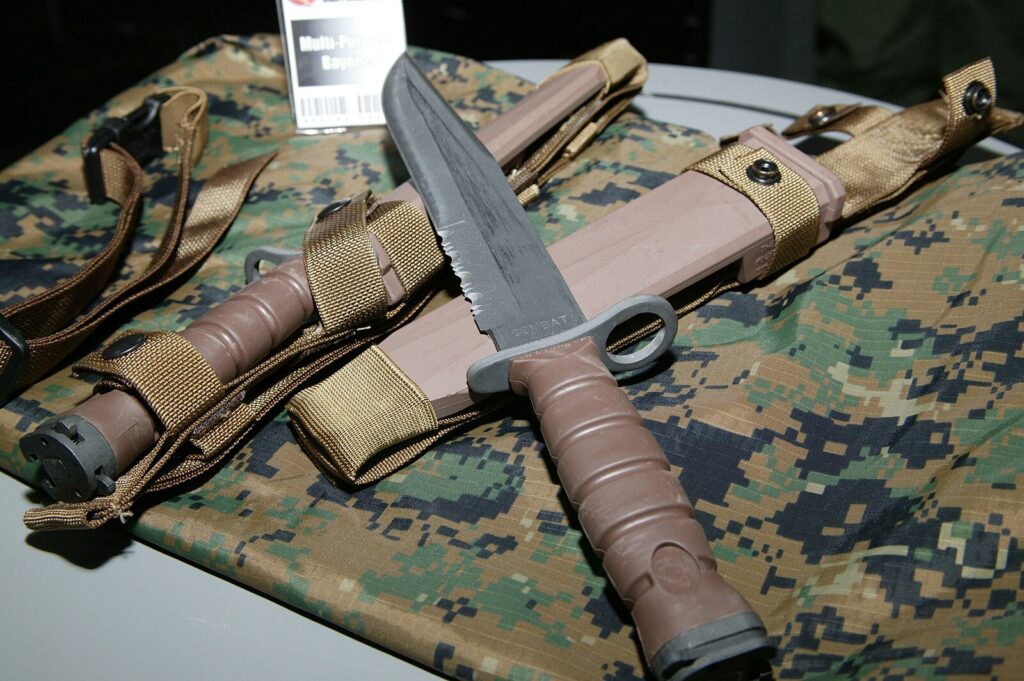
The five best bayonets still in use around the world
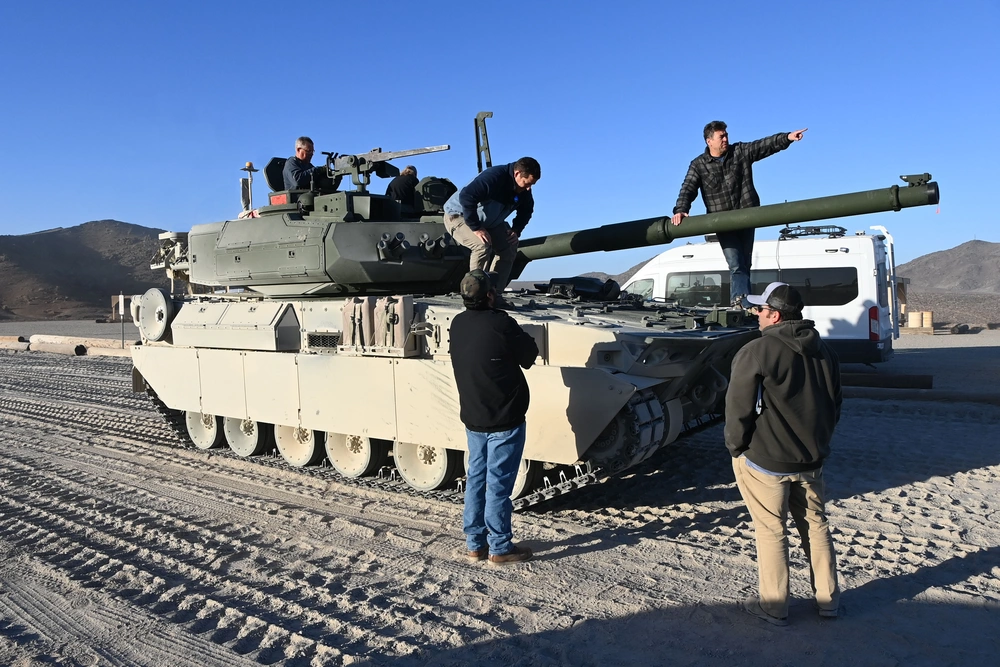
The M10 Booker and how the Army flubbed a tank
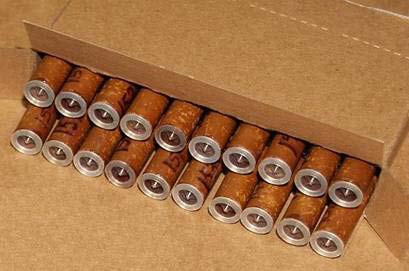
Caseless ammo could be the future of cartridges
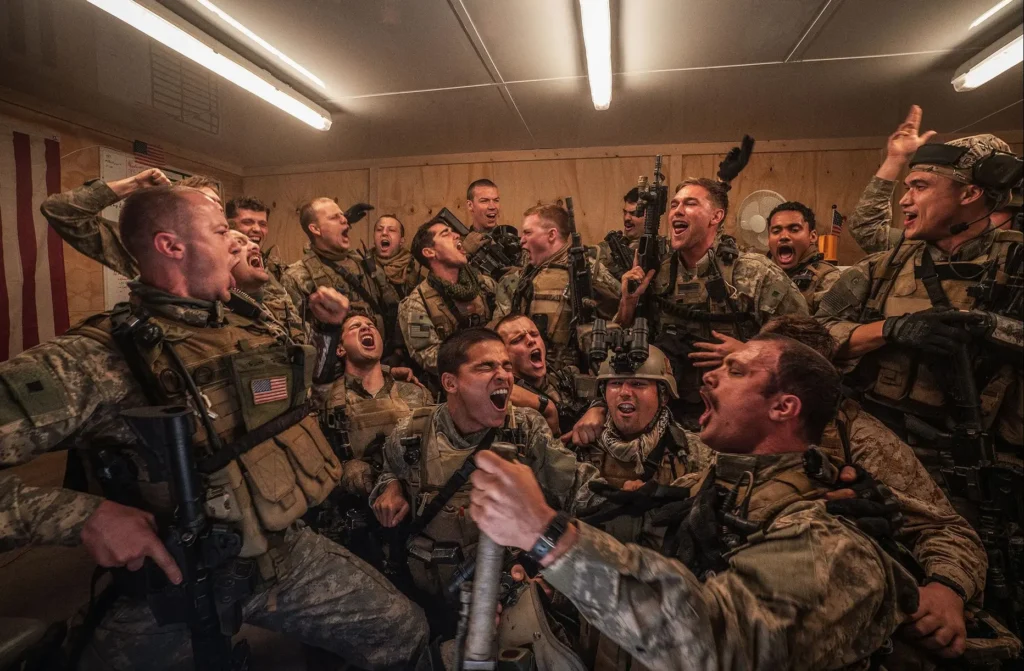
‘Warfare’ shows the brutal reality of combat for an elite unit
Sandboxx News
-

‘Sandboxx News’ Trucker Cap
$27.00 Select options This product has multiple variants. The options may be chosen on the product page -

‘AirPower’ Classic Hoodie
$46.00 – $48.00 Select options This product has multiple variants. The options may be chosen on the product page -

‘AirPower’ Golf Rope Hat
$31.00 Select options This product has multiple variants. The options may be chosen on the product page -

‘Sandboxx News’ Dad Hat
$27.00 Select options This product has multiple variants. The options may be chosen on the product page
